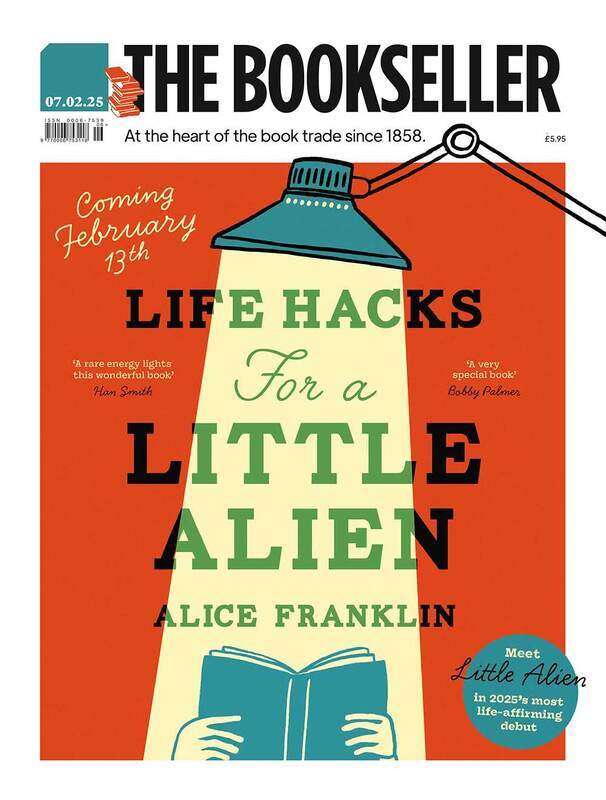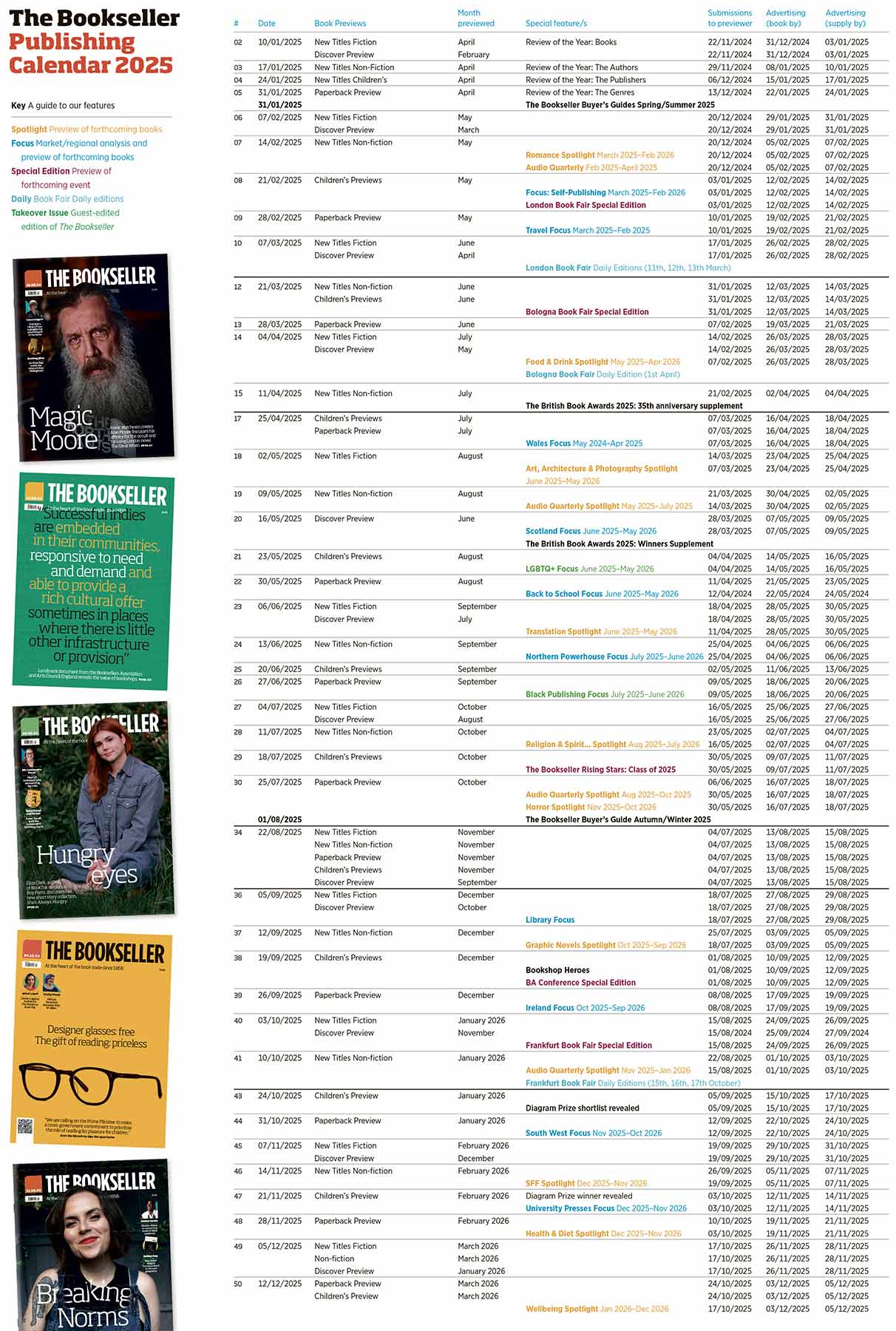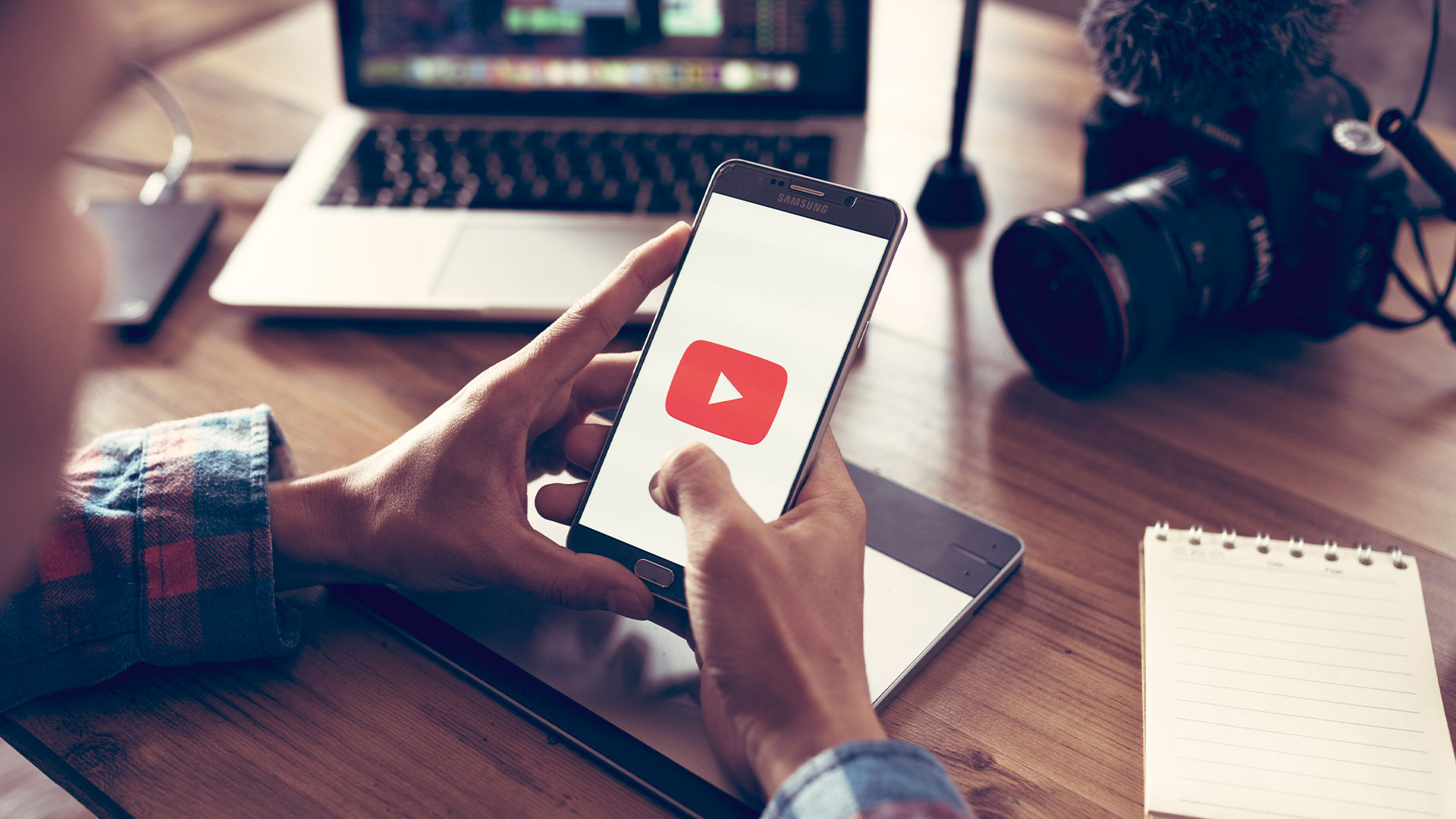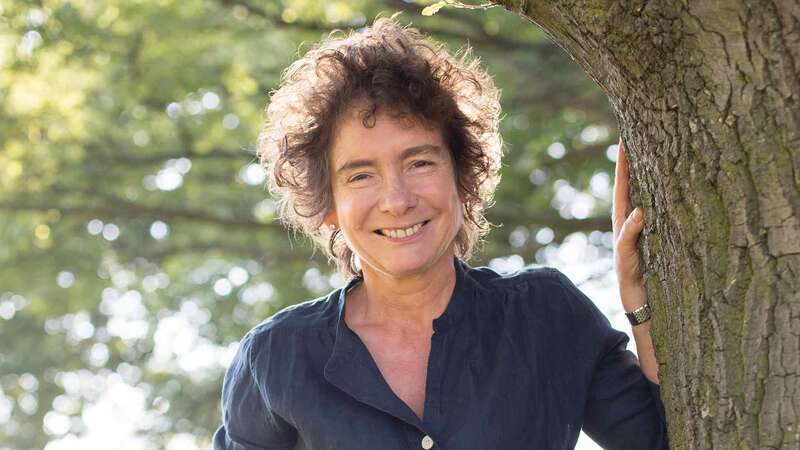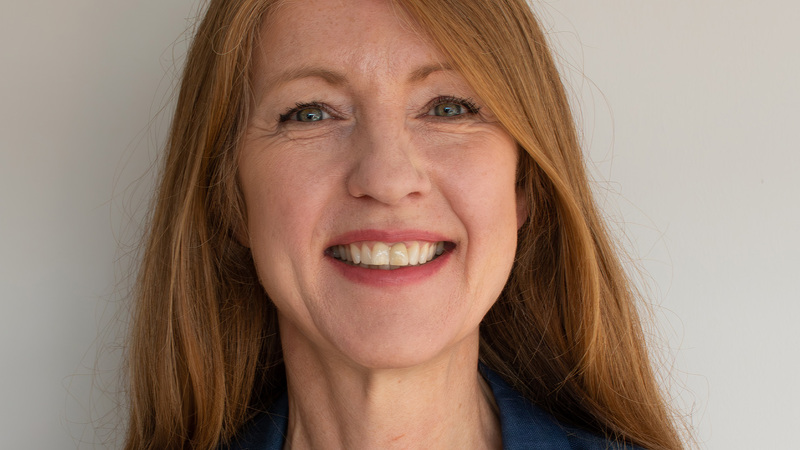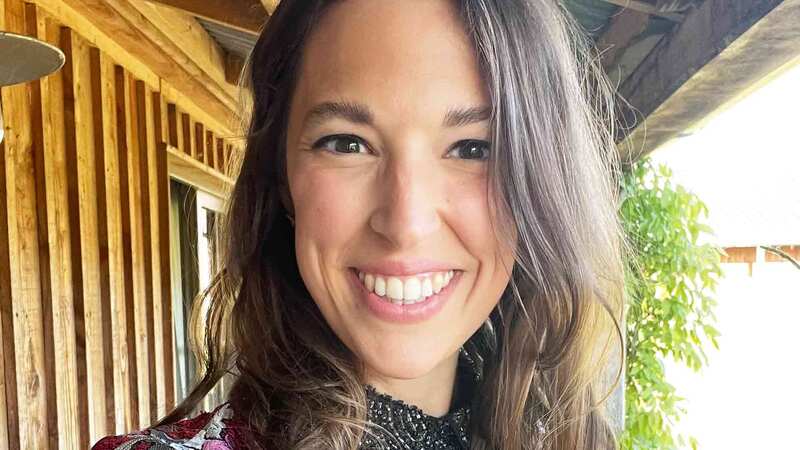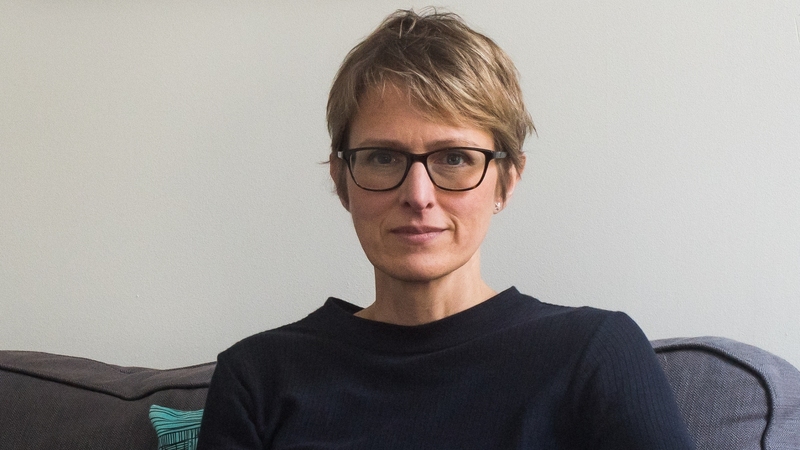You are viewing your 1 free article this month. Login to read more articles.
Why YouTube still rules
Publishers and authors neglect social media’s grand dame at their peril.
In the landscape of digital book marketing, where competition for attention is fierce, there is a perpetual quest to stand out from the crowd. One underused tool in this scramble for eyeballs is YouTube: the oft-neglected hero of book promotion, which may currently be less fashionable than its micro-content competitors but still exerts a hefty influence. YouTube’s role in discoverability is well known— it’s the most powerful platform for YA recommendations, after all — but many publishers and authors barely touch the site’s treasure trove of features that can connect books to audiences, without blowing the budget, in ways far beyond the scope of TikTok or Instagram. Here are five examples of ways that YouTube can help foster connections with readers — and, crucially, sell more books.
Showreels
In today’s fast-paced, digital world, authors must be more than just wordsmiths; arguably, they need to be media-savvy maestros as well. Interviews, podcasts, literary festivals, workshops and virtual stages are all part of every modern author’s repertoire, however established they are. Traditional PR and marketing campaigns are expensive line items: publishers reserve most of such resources to promote lead titles written by established authors. Many authors on imprints’ lists – or self-published authors – don’t benefit from blockbuster-style promotional budgets. Most books are left to fend for themselves in the marketplace. This is where YouTube can save the day without any need to post regular content to entertain fans.
Imagine literary agents requesting video footage of prospective authors speaking to camera on a phone or computer as part of the process of taking on clients. Imagine publishers investing in media training for all the authors on their lists. Shooting YouTube clips is not about showcasing technical prowess, buying expensive kit or chasing followers; it’s about judging each author’s confidence, charisma and ability to engage an in-person or virtual audience. Video content that stirs up controversy can also work wonders: it can spark debates that draw clicks, comments and reader engagement. Disagreement is often a catalyst for making digital content go viral.
Search-engine optimisation
The fact that Google owns YouTube is a game-changer. Google loves user engagement with visual content, so the search engine prizes video highly for its algorithm. When it comes to the longevity of social media content remaining in people’s feeds, YouTube takes the crown. Most TikToks enjoy fleeting popularity of only a few seconds, X/Twitter tweets have a lifespan of up to 18 minutes, Facebook posts have a half-life of about six hours, LinkedIn posts last about a day and Instagram posts linger for about 48 hours. By contrast, YouTube video content sticks around organically for about 20 days, so is 10 times stickier than its closest social media rival: a key consideration for promoting books with minimal PR and marketing budgets.
YouTube video content sticks around organically for about 20 days, so is 10 times stickier than its closest social media rival: a key consideration for promoting books with minimal PR and marketing budgets
Social listening
Have you ever wondered what questions prospective readers are asking Google? When people use search engines, they assume no one is watching, so the answers they get are more authentic and true-to-life. Consider a search for the terms “my life”: social media accounts might emphasise influencers in exotic places promoting luxury products, whereas Google might showcase results that feature ways to improve self-esteem and deal positively with mental-health issues.
Free tools such as AnswerThePublic.com can help you to find out what Google users really want to know about any given subject, unlike the in-built superficiality of other social media platforms. You can then create short YouTube videos (say, 30 to 60 seconds each) that directly address the questions you are best placed to answer. For example, non-fiction authors can tackle facts, data and statistics, while fiction authors can delve into plot, character, dialogue and setting.
By responding to popular search questions with targeted video content (including URLs, relevant metadata and appropriate hashtags in the description field), you can trigger Google’s algorithm, so that the videos rank highly and enjoying peak engagement until any given search-term query is no longer popular.
Maintaining a library of 20 to 30 video-clip answers in direct response to user-generated, authentic questions gives huge ROI on the effort to create the original content, as the below-the-line PR and marketing benefits essentially last forever in Google SERPs.
Analytics
YouTube offers a rich store of analytics to track video performance and audience engagement. Old, fading clips can be retired and fresh, attention-grabbing content can take their place. Keeping tabs on video metrics allows you to tailor your strategy, ensuring your efforts continue to resonate with your audience. As each YouTube clip is an independent piece of content, unlike other social media platforms, removing a video from view does not affect the likes, follows or levels of engagement with an author’s YouTube account.
Pre-orders
Video content also plays a pivotal role in pre-launch crowdfunding campaigns and pre-order e-commerce marketplace platforms. Author videos humanise writers and forge connections with readers. Video clips help to build fanbase mailing lists even before a book hits the market, especially when linked to an author’s library of engaging YouTube content. In an era where personal connections matter more than ever, author videos provide the key to unlocking pre-order success.
In a retail environment of information overload, YouTube offers a unique opportunity, beyond the scope of TikTok and Instagram, to amplify every author’s pitch to their readers. It’s not just about book discoverability; it’s about establishing a genuine connection with fans. Authors, booksellers and publishers need to embrace the power of video and use YouTube to leverage book sales. In our age of digital storytelling and visual engagement, the future belongs to those who click "record".


